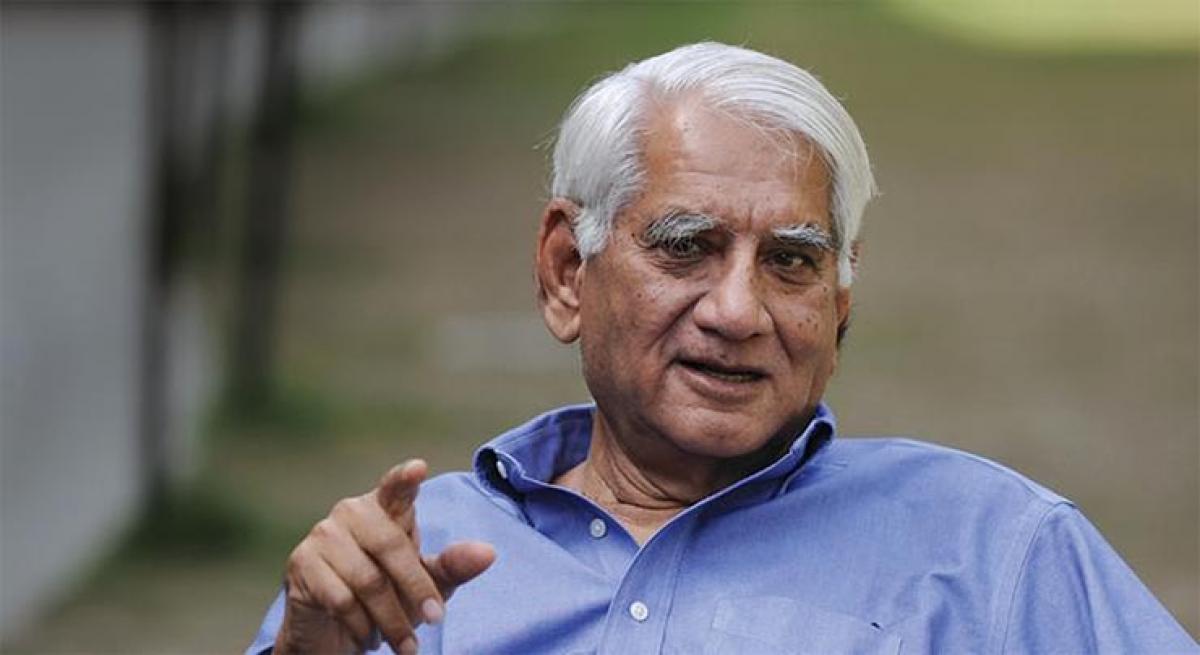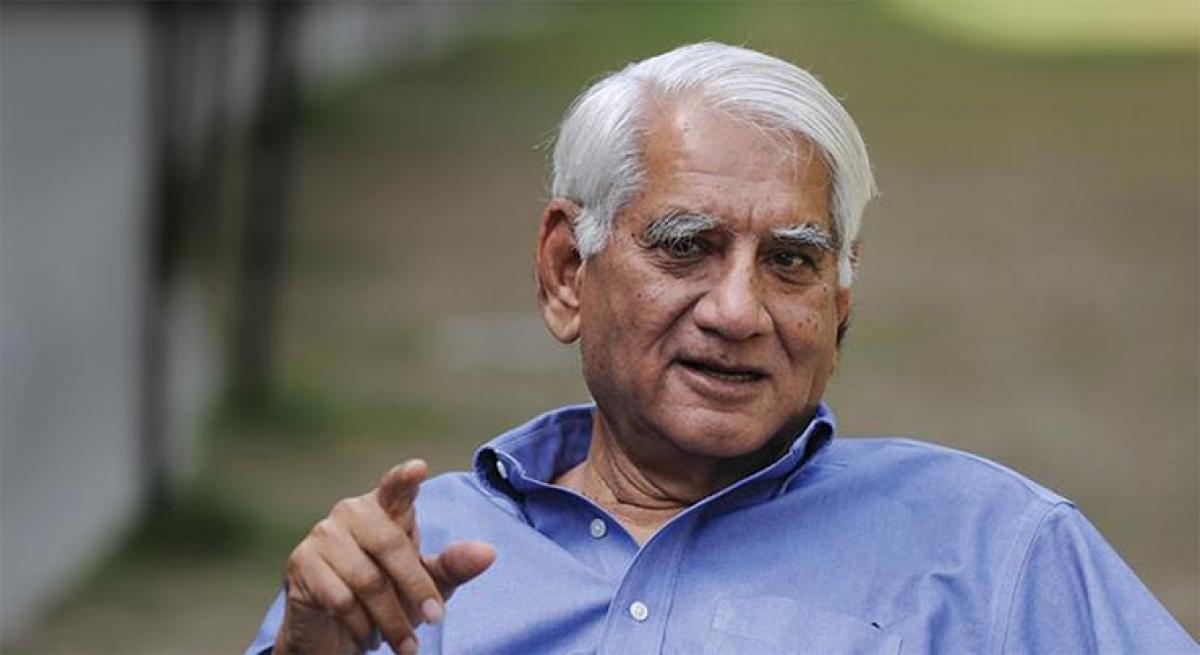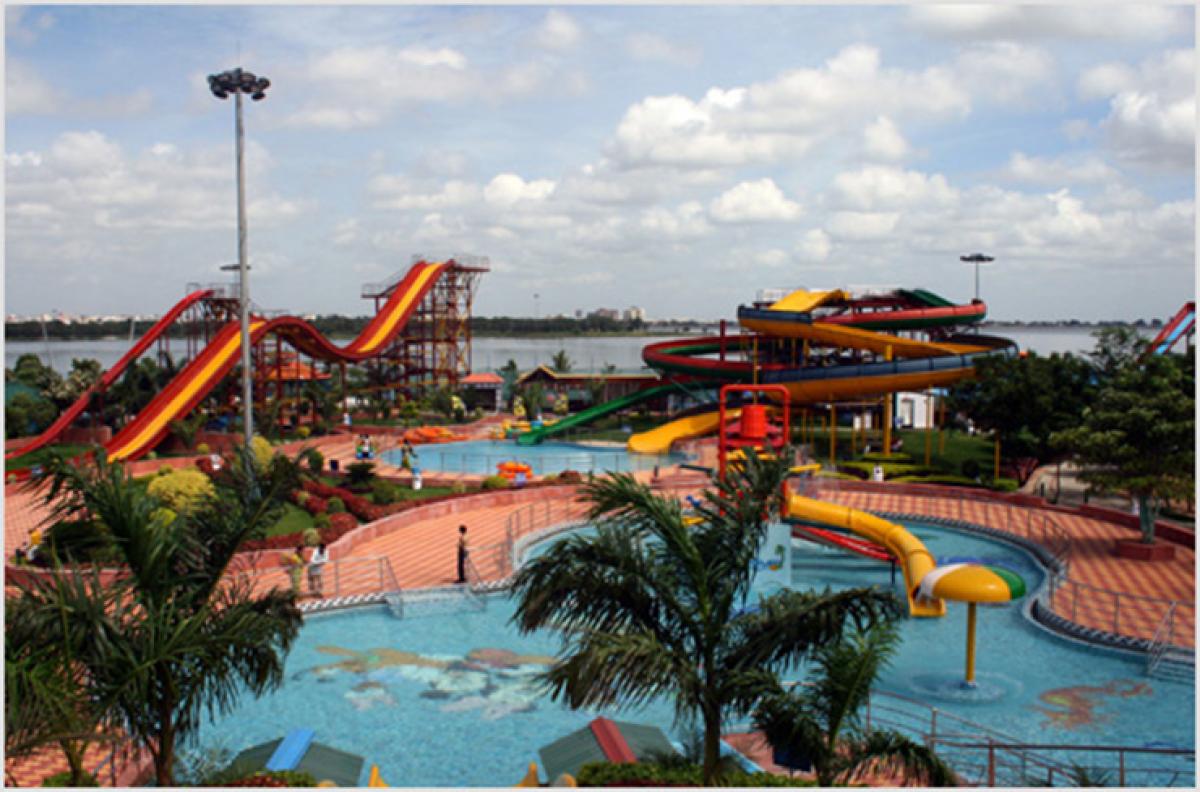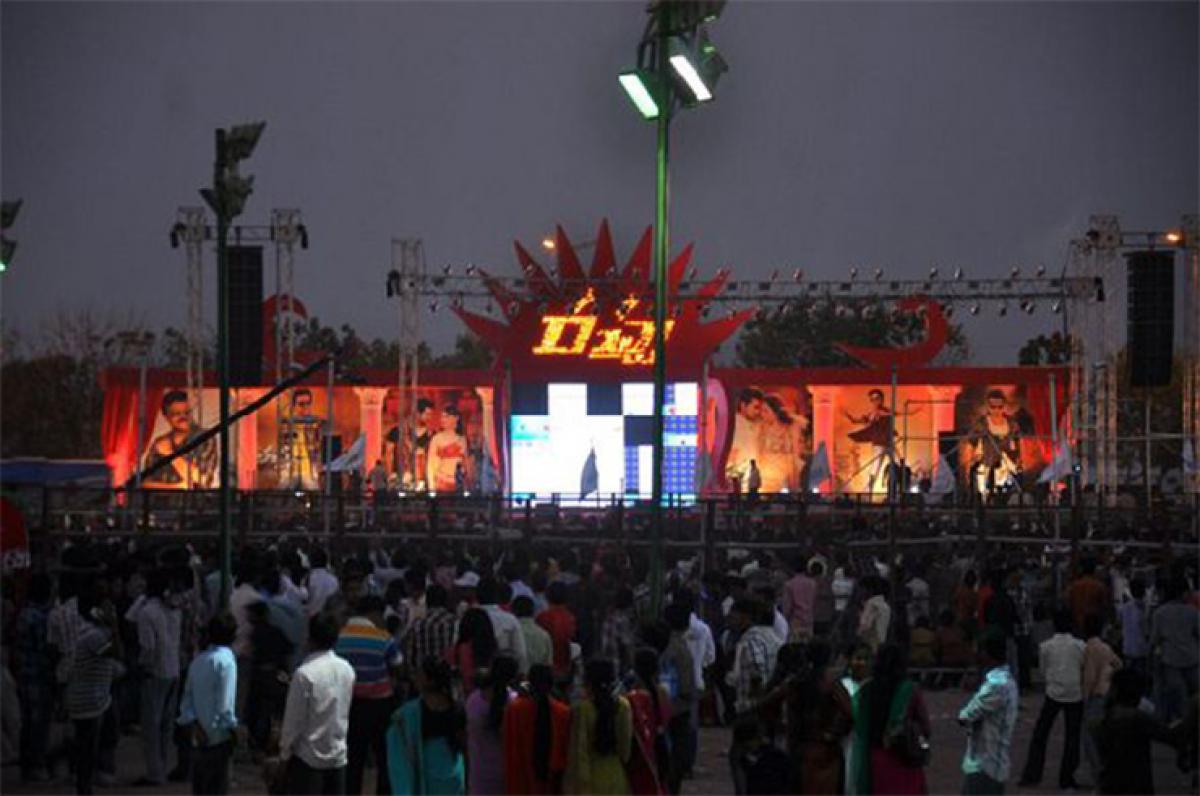Live
- RG Kar protest: Junior doctors to render medical services, carry out hunger strike in parallel
- Traffic Violators Counseled by Nagarkurnool Police
- Bathukamma Celebrations at Government Boys Junior College
- I Will Stand by the Mudiraj Community - MLA Dr. Rajesh Reddy
- Mission Bhagiratha DEE Hemalatha Distributes Certificates to Water Assistants in Achampet
- Elderly Man Dies Suddenly at Bus Stand
- DMK MP Wilson's conduct a threat to judicial impartiality and independence: BJP
- Lightning strikes claim nearly 300 lives in Bangladesh
- Haryana polls: Sohna records highest voting at 68.6 pc, Gurgaon registers lowest turnout
- Multiple attacks in Syria result in casualties
Just In

For more than half a century, Indian architect Charles Correa championed modern architecture, planning cities and designing nearly 100 buildings in the country, from luxury condominiums to housing for the poor. Correa died on Tuesday in Mumbai at a ripe age of 84. Dubbed “India’s Greatest Architect” by the Royal Institute of British Architects in 2013, Correa Charles Correa was born in Secunderabad to Goan parents.
For more than half a century, Indian architect Charles Correa championed modern architecture, planning cities and designing nearly 100 buildings in the country, from luxury condominiums to housing for the poor. Correa died on Tuesday in Mumbai at a ripe age of 84. Dubbed “India’s Greatest Architect” by the Royal Institute of British Architects in 2013, Correa Charles Correa was born in Secunderabad to Goan parents.
Some of his works in the city include Buddha Purnima Lakefront, People’s Plaza, Jalavihar, ECIL Complex, LIC Building near Indira Park, Jawaharlal Nehru Institute of Banking & Finance office in Gachibowli, Nuclear Fueling Complex and CCMB staff quarters in Tarnaka.

One of his favourite childhood hobbies was playing with his Hornby train set, mapping out elaborate configurations of stations and overpasses, figure eights and sidings. As a result, he felt, when he first saw an architectural plan at the age of 15, he felt he could understand it. He passed through St Xavier’s College in Mumbai and then the University of Michigan before getting his master’s degree in architecture at the Massachusetts Institute of Technology.
He opened his practice in Mumbai in 1958 and has been contentedly settled in the city ever since, although he keeps a foot dipped in the global slipstream of cosmopolitan intellectuals and tastemakers, flying off to give talks in London, judge competitions in Zurich or lecture at MIT.
.jpg)
Similarly, while Correa’s essays on cities and architecture cite their fair share of Vedic principles, he also pays equal homage to the gods of Western secular mythology: Orwell, Einstein, Cocteau and Jefferson, among others. He worked on the master plan for Navi Mumbai, a satellite town of the western Indian city of Mumbai, in the 1960s. The town spread across an area of almost 133 square miles.
He was also involved in several low-income housing projects, like one in Belapur in Navi Mumbai, where he aimed to bring individual identities to tightly-packed housing units and, at the same time, ensure equity between the houses. He also designed the ‘Gandhi Samarak Sanghralaya’, a memorial museum and research center at the Sabarmati Ashram in Ahmedabad. His design included areas that provided what Mr. Correa called “visual quiet.”

His love for unobstructed spaces seeped into a lot of his projects, like the luxury Kanchanjunga Apartments built over more than a decade in the 1970s and 80s in Mumbai where he incorporated the concept of ‘open-to-sky’ spaces. He said that being able to see the sky from inside a building “can make a difference between livable habitat and claustrophobia.”
Some of his other projects include the British Council headquarters and the National Crafts Museum in New Delhi. In 2006, he was conferred with the Padma Vibhushan, the country’s second-highest civilian award. “To work in India is the great advantage of life in the Third World. The issues are so much bigger than you are; they give you a chance to grow,” Correa wrote in his book ‘Housing and Urbanisation’.
.jpg)


© 2024 Hyderabad Media House Limited/The Hans India. All rights reserved. Powered by hocalwire.com







